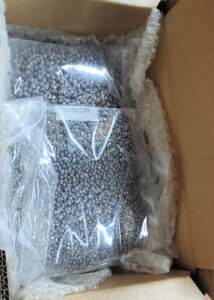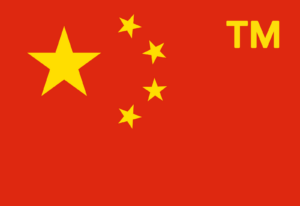When companies come to my law firm to protect their brand names from Chinese copycats, our international trademark lawyers typically tell them that applying for such a trademark takes about a week, but actually getting the trademark takes about ten months. We then tell them that until they get their Chinese trademark, they will be pretty much powerless to stop companies in China from using their brand name. Ten years ago, very few batted an eye at this.
E-commerce has changed that, such that now when one of our China trademark lawyers tells a client that securing their China trademark will take ten months, those who sell their products online (which is just about everybody nowadays) push back and want to know what they can do in the meantime to protect against copycats.
Our response, simplified a bit, is to say that they need to focus on “building IP walls outside China.” For example, if they are selling their product in the United States and in Italy, they should focus on protecting those two countries. One of the best ways to do this is by securing trademarks in those two countries (Italy and the United States) as quickly as possible.
Though a U.S. and an Italy trademark will not help with trademark protection in China, it can still be valuable in getting offending ads taken down off Chinese websites such as Alibaba. If “your” product shows up on Alibaba and you have no registered IP, the odds of getting Alibaba to take it down from an Alibaba website are slim. If your product shows up on Alibaba and you have a registered Chinese trademark that is being infringed by something on an Alibaba website, the odds of your getting that offending advertisement taken down from Alibaba are incredibly good. If you have an Italy trademark and there is an ad on Alibaba clearly targeted at Italy that infringes on your Italy trademark, your odds of getting that advertisement taken down from Alibaba are decent, which is a whole lot better odds than if you did not have the Italy trademark at all. The same holds true for the United States.
Of equal importance though is that if you have a United States trademark on your product you can use that trademark to try to keep the offending product from reaching the United States from China. You can do this by working with US Customs and Border Protection, which is authorized to block, detain, and seize incoming products that violate U.S. intellectual property rights. The EU and Italy have similar procedures.
One of the best ways to get US Customs on your side in blocking incoming infringing goods is to secure a US trademark and then record that trademark with US Customs and Border Protection. If you record your trademark with US Customs, it will go into its database and if US Customs spots incoming product that infringes on your trademark, it will block the offending product and alert you of its arrival. The notice to you from US customs will usually include the names and addresses of the manufacturer, exporter, and importer.
Once you get your China trademark, you should consider registering that with China Customs to get that government agency working for you on the China side to help prevent infringing product from leaving China in the first place. See How To Register Your China Trademark With China Customs.
For effective IP protection, think 360°.

























